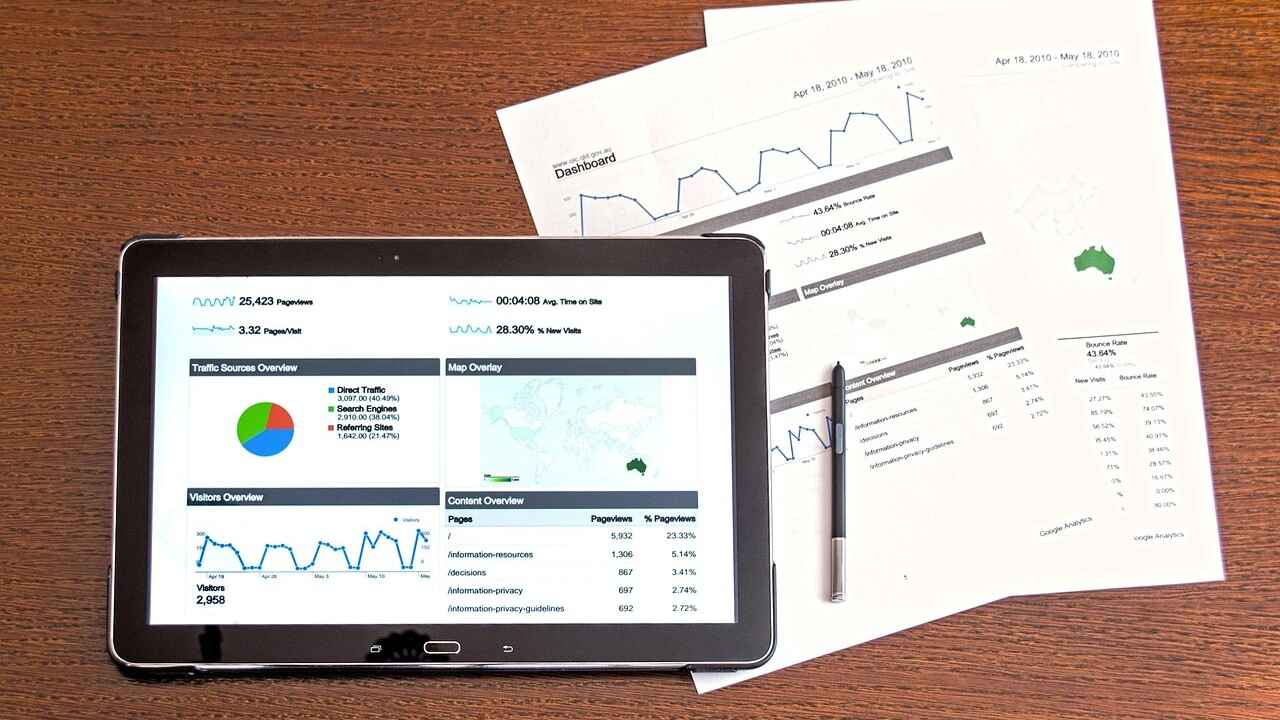
Buying a used car can be tricky—especially if you don’t know its full story. A shiny car might look perfect, but its past could hide serious problems. That’s why you should always check the vehicle history report. This report shows you the car’s background in a simple way. It helps you see if the car was in an accident, had flood damage, or was stolen.
Never read one before? No problem. This guide explains each part clearly so you can learn fast. We’ll show you how to read a vehicle history report step by step. You’ll spot warning signs, ask the right questions, and avoid costly mistakes. In the end, you’ll feel confident and ready to choose a used car that’s safe and reliable.
And if you haven’t pulled a report yet, you can run a free vehicle history check here.
What Is a Vehicle History Report?
A vehicle history report is a document that tells the story of a car’s past. Think of it like a health record, but for vehicles. It lists important facts gathered from places like state DMVs, insurance companies, salvage yards, and other reliable sources.
This report helps you spot hidden issues before you buy. For example, it can show if the car was ever in a big crash, moved between many states, or had its odometer rolled back. These are things you might not notice during a short test drive or a quick look at the car.
How to Read Vehicle History Report and Know What’s in It?
Let’s walk through the key parts of a vehicle history report and how to understand them:
1. Vehicle Specifications
Start with the basics. This section lists:
- Make, model, and year
- Engine size and fuel type
- Drivetrain (AWD, FWD, RWD)
- Body style
- Trim level
📌 Tip: Always compare this to what the seller says. If they call it an “EX-L” with AWD but the VIN history report shows a basic FWD model, something’s off.
2. Title History
This part is super important. It shows how the car’s title changed over time. It also reveals if it got any title brands, such as:
- Salvage – Insurance company marked it as a total loss
- Rebuilt – Was salvage, then got repaired
- Flood – Suffered water damage
- Lemon – Bought back by the maker due to big issues
- Junk – Only good for parts
📌 What to Watch For: A clean title should show regular registration. If the car moved through many states quickly, it might be hiding something. This trick is called “title washing.”
3. Odometer Readings
Odometer checks happen during inspections, emissions tests, or title changes. Here, you’ll see:
- Smooth mileage increases
- Big jumps in numbers
- Sudden drops (might mean rollback)
📌 Red Flag: If the miles drop from 92,000 to 50,000, be careful. That points to odometer fraud.
4. Accident and Damage Reports
This section shows past crashes and damage, such as:
- Collision types (front, rear, side)
- Severity of damage
- Airbag deployment
- Structural or frame damage
📌 Tip: Not every crash shows up. Only ones reported to insurance or added to public records appear in a free car history check. When in doubt, ask a mechanic to inspect the car.
5. Use Type (Personal, Commercial, Rental)
Next, check how the car was used. Use types affect wear and tear:
- Rentals and taxis often see rougher use
- Commercial cars might get driven hard
- Personal cars tend to be gentler, especially with one owner
📌 Tip: For most buyers, personal-use cars with steady ownership are safer bets.
6. Recall Information
Recalls fix safety problems. A NMVTIS vehicle history report shows:
- Open recalls – Not fixed yet
- Closed recalls – Already taken care of
📌 Action Step: If you see open recalls, go to a dealership. They often fix these for free. Do this before you drive the car much.
7. Sales History
Finally, look at the number of car owners and locations of sales transactions:
- One-owner cars are usually more reliable
- Many owners in a short time? That’s a warning sign
📌 Watch Out: If a car keeps changing hands every year, something might be wrong. Sellers could be passing off problems.
What Does a Clean Report Look Like?
A clean report usually includes:
✅ No signs of salvage, flood, or junk titles
✅ Odometer readings that increase steadily
✅ Few or no recorded accidents
✅ Service history from reliable repair shops
✅ A clear list of previous owners
✅ All recall issues marked as fixed
Minor issues can be normal and not always a reason to worry. However, if you see major problems—walk away or push for a much lower price.
How to Get a Free Vehicle History Report
You don’t need to spend money to learn about a car’s past. Sites like VinCheck.info give you free reports with title details, accident records, recall info, and more.
Before buying from a dealer, private owner, or auction, always take a minute to run a free vehicle history report. It’s a smart move that can save you from big mistakes.
🕵️♂️ Don’t Guess a Car’s Past — Check It Instantly, 100% Free